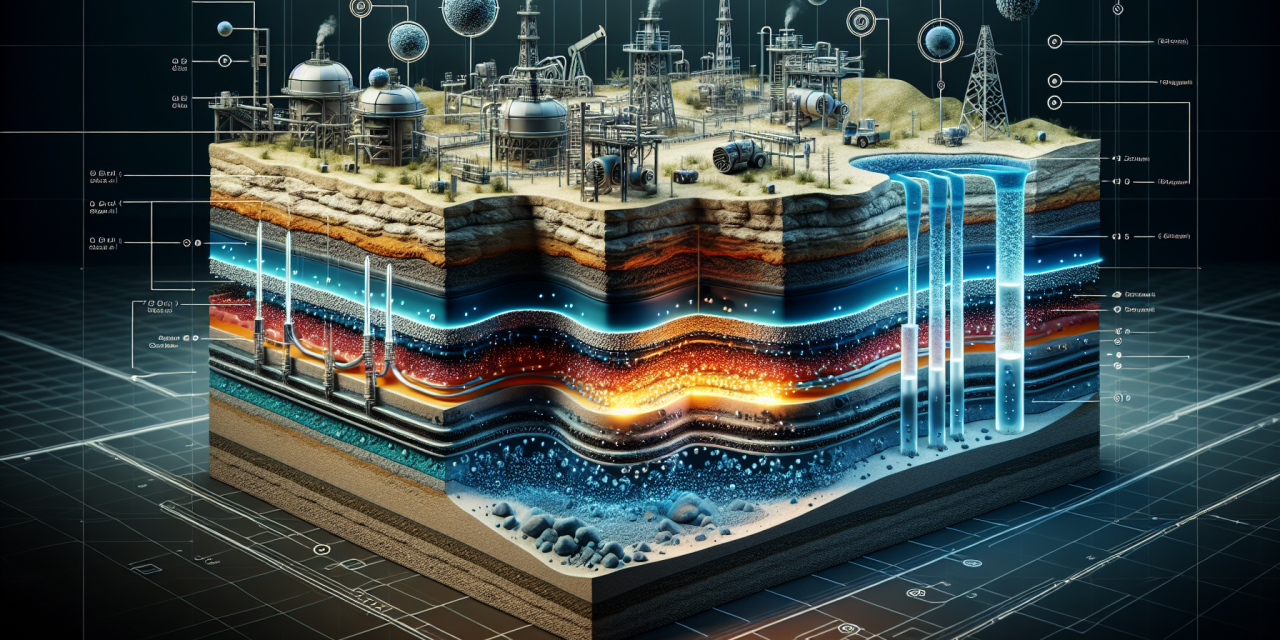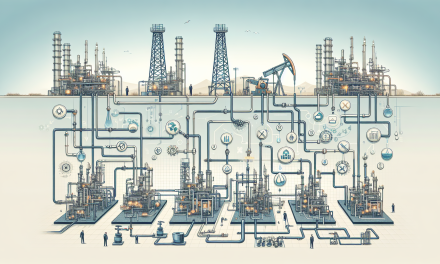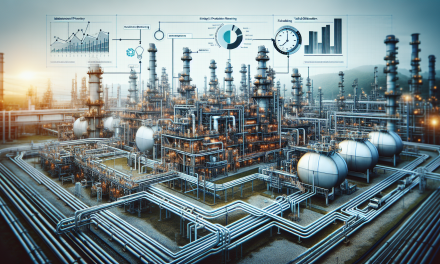Table of Contents
- Introduction
- What Are Petroleum Reservoir Fluids?
- Importance of Phase Behavior
- Factors Affecting Phase Behavior
- Types of Phase Behavior
- PVT Analyses
- Applications in the Oil and Gas Industry
- Conclusion
- FAQs
Introduction
Oil and gas are pivotal resources that fuel the global economy, and understanding petroleum reservoir fluids and their phase behavior is critical. This knowledge not only helps in evaluating reservoir performance but also guides operational strategies in exploration and production. This blog post aims to explore the complex interactions and behaviors of reservoir fluids while maintaining an engaging and friendly tone.
What Are Petroleum Reservoir Fluids?
Petroleum reservoir fluids primarily include oil, gas, and water found in subsurface reservoirs. These fluids exist under varying pressure and temperature conditions, leading to unique behavior that influences recovery and production methods. Notably, these fluids can change states, which poses challenges and opportunities during oil extraction.
Composition of Reservoir Fluids
Reservoir fluids consist of hydrocarbons and non-hydrocarbon gases. The interaction of these components can yield various phase behaviors. Understanding the specifics of these compositions enables engineers to enhance oil recovery techniques effectively.
Importance of Phase Behavior
Phase behavior refers to how substances transition between different states (solid, liquid, and gas) under varying conditions. This concept is vital in the oil and gas sector as it determines the efficiency of hydrocarbon recovery from reservoirs. By analyzing phase behavior, engineers can predict the performance of oil and gas under different extraction techniques.
Economic Impact
Effective management of phase behavior can lead to significant economic advantages. By optimizing extraction processes based on fluid behavior, operators reduce costs and enhance production efficiency. Moreover, understanding PVT (Pressure-Volume-Temperature) behavior plays a crucial role in reservoir management strategies.
Factors Affecting Phase Behavior
Several factors influence the phase behavior of petroleum reservoir fluids:
- Temperature: Higher temperatures typically reduce viscosity, allowing for easier flow of fluids.
- Pressure: Elevated pressure can suppress vaporization, keeping more hydrocarbons in liquid form.
- Composition: The ratios of hydrocarbons and impurities dictate how fluids will behave under changing conditions.
The Role of Impurities
Impurities such as H2S (hydrogen sulfide) or CO2 (carbon dioxide) can significantly alter fluid behavior. Therefore, analyzing these impurities helps in tailoring gas and oil processing techniques.
Types of Phase Behavior
Several key types of phase behavior manifest in petroleum reservoir fluids:
Bubble Point Behavior
Bubble point refers to the pressure at which gas begins to evolve from liquid. Understanding this point is essential for optimizing production strategies and predicting reservoir performance.
Dew Point Behavior
The dew point is the temperature at which a vapor begins to condense into liquid. Monitoring dew point conditions helps prevent operational issues in upstream processes.
Two-Phase and Three-Phase Mixes
This refers to mixtures of gas and liquids, where various combinations can exist simultaneously. The interaction between these phases gives rise to complex behavior critical for recovery methods.
PVT Analyses
PVT analyses serve as a foundation for understanding the characteristics of petroleum reservoir fluids. By conducting these analyses, one can predict how fluids will behave under specific pressure and temperature conditions. This experimentation leads to improved decision-making in extraction and processing strategies.
Methodologies
Different methodologies exist for conducting PVT analyses. One effective approach is through the use of laboratory experiments, especially PVT and Phase Behavior in Petroleum Reservoirs Course, which provides professionals with training in essential concepts and practical techniques. Additionally, simulation software can offer valuable insights into phase behavior by modeling real-world scenarios.
Applications in the Oil and Gas Industry
Understanding petroleum reservoir fluid and phase behavior has broad applications across the oil and gas sector:
Enhancing Oil Production
Efficient oil production depends on understanding the fluid dynamic properties within the reservoir. Operators implement strategies based on phase behavior to maximize hydrocarbon recovery.
Gas Processing
In gas processing, predicting phase behavior allows for the effective separation of gas and liquid phases, leading to reduced operational costs and enhanced product quality.
Refinery Optimization
By mastering phase behavior concepts, refineries can optimize processes such as cracking, distillation, and separation, which significantly impacts yield and efficiency. Techniques for yield optimization can be found in resources such as Maximizing Efficiency in Refinery Processes.
Troubleshooting Techniques
Gas chromatography is a vital technique for troubleshooting in the industry. Understanding the phase behavior of gas allows operators to solve complex issues effectively. Resources like Gas Chromatography in the Oil & Gas Industry provide best practices and troubleshooting techniques essential for smooth operations.
Marine Terminal Operations
For efficient marine terminal operations, understanding the interplay of fluids at various temperatures and pressures is critical. Comprehensive guides like Unlocking the Secrets of Oil & Gas Marine Terminal Operations delve into these complexities.
Power Generation
Understanding phase behavior is equally significant in the context of power generation utilizing turbines. Detailed resources, such as Understanding Power Generation, highlight the importance of fluid dynamics in ensuring efficient operations.
Conclusion
In summary, comprehending petroleum reservoir fluid and phase behavior is integral to the success of operations in the oil and gas industry. With the continuous advancement of methodologies and educational resources available, engineers can significantly enhance efficiency and recovery rates, which ultimately benefits the entire industry. Embracing these concepts not only prepares professionals for current challenges but also establishes a firm foundation for future advancements.
FAQs
1. What is the importance of PVT analysis in reservoir management?
PVT analysis enables reservoir engineers to predict fluid behavior under various conditions, which is critical for optimizing extraction and production strategies.
2. How do temperature and pressure affect phase behavior in reservoir fluids?
Both temperature and pressure are key factors affecting the phase transitions of reservoir fluids, influencing their viscosity and state as either liquid or gas.
3. Where can I find training on phase behavior in petroleum reservoirs?
You can enhance your knowledge by participating in the PVT and Phase Behavior in Petroleum Reservoirs Course, which provides valuable insights into fluid dynamics in the industry.





